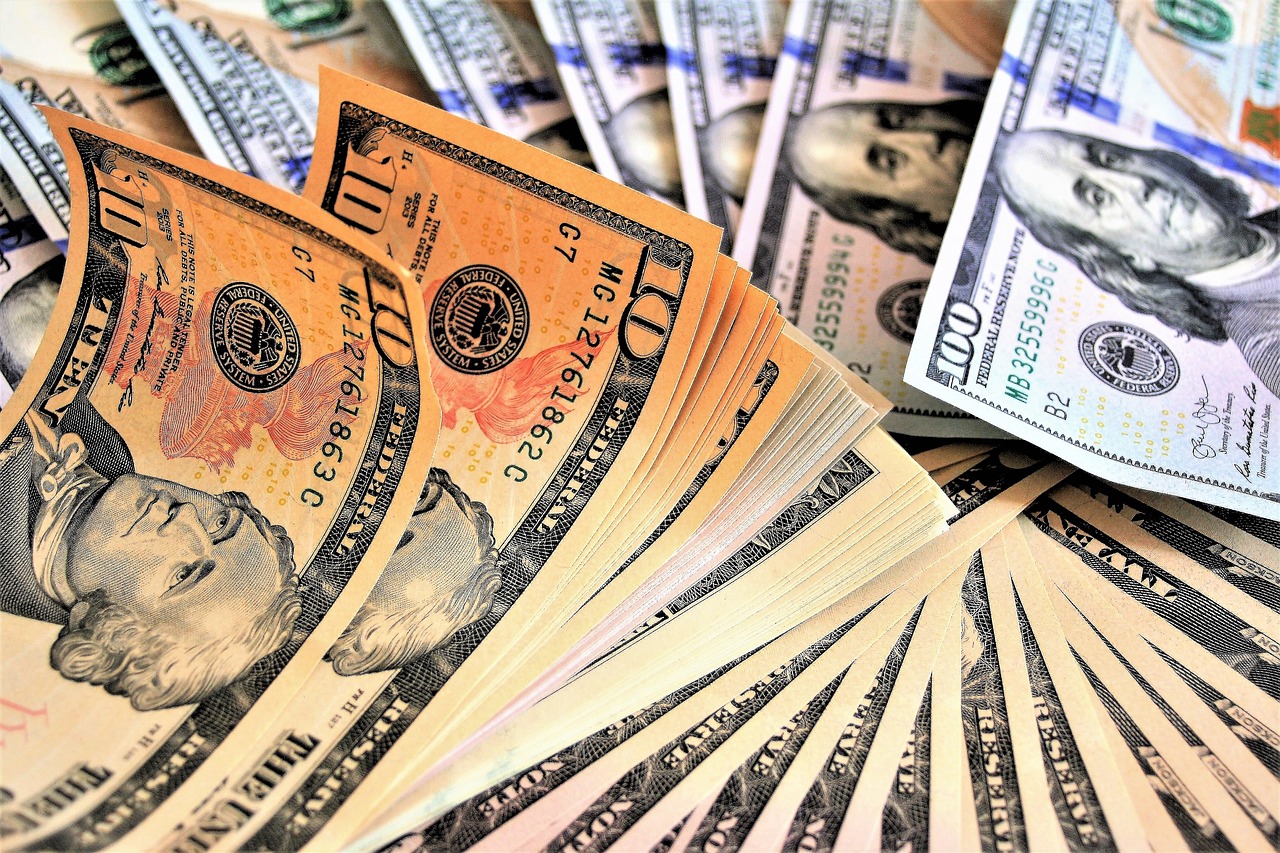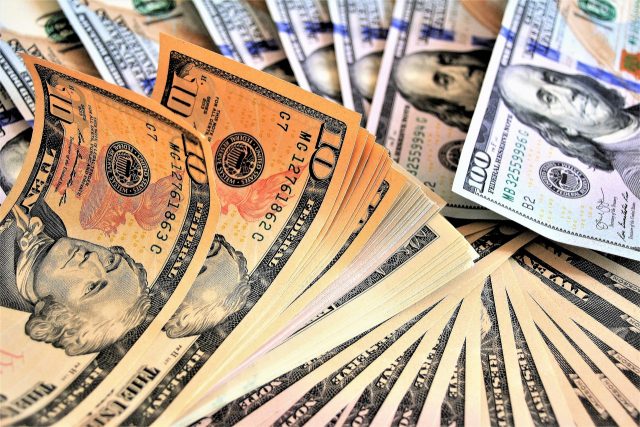Bill counters are specialized machines designed to efficiently and accurately count large volumes of cash. They are widely used in businesses such as banks, retail stores, casinos, and other cash-intensive environments. Bill counters offer several benefits, including increased efficiency, accuracy, and security in cash handling processes.
Here are some key features and considerations when exploring bill counters:
Counting Speed:
Bill counters vary in terms of counting speed, typically measured in bills per minute (BPM). Faster machines can process up to 1,000 or more bills per minute, while slower models may handle around 600-800 BPM. Consider the volume of cash you need to count regularly to determine the appropriate counting speed for your needs.
Denomination Recognition:
Many modern bill counters can automatically recognize and separate different denominations of bills. This feature is particularly useful when dealing with mixed stacks of various currency values. It saves time by eliminating the need to sort bills manually.
Counterfeit Detection:
Look for bill counters that offer counterfeit detection capabilities. Advanced models employ various technologies such as UV (ultraviolet), MG (magnetic), IR (infrared), and image sensors to detect counterfeit bills. These features help ensure the authenticity of the cash being counted.
Error Detection and Batch Functionality:
Bill counters with error detection features can identify issues such as double bills, half notes, or chain notes, alerting the user to potential problems. Batch functionality allows you to set a specific number of bills for each stack, streamlining the cash-counting process.
Noise and Dust Reduction:
Consider models with noise and dust reduction features, especially if the bill counter will be used in a customer-facing environment. Quieter machines help maintain a pleasant atmosphere, while dust reduction mechanisms keep the equipment clean and maintain its accuracy.
Capacity and Hopper Size:
The capacity of the bill counter’s stacker and hopper is crucial. The stacker holds the counted bills, while the hopper feeds the machine with the bills to be counted. Higher-capacity stackers and hoppers reduce the frequency of interruptions for emptying or reloading cash during high-volume counting tasks.
Portability and Size:
Depending on your specific needs, you may require a portable bill counter for on-the-go use or a more giant, stationary machine for a fixed location. Consider the size and weight of the bill counter to ensure it fits your workspace and can be conveniently transported if necessary.
Brand and Customer Support:
Research reputable brands that are known for producing reliable and accurate bill counters. Check for customer reviews and ratings to gauge the overall satisfaction with the product. Additionally, consider the availability of the manufacturer’s customer support, warranty, and maintenance services.
Remember that different businesses have varying requirements, so assessing your specific needs is essential before investing in a bill counter. Considering the abovementioned features, you can find a bill counter that optimizes your cash handling processes, improves efficiency, and enhances security.









